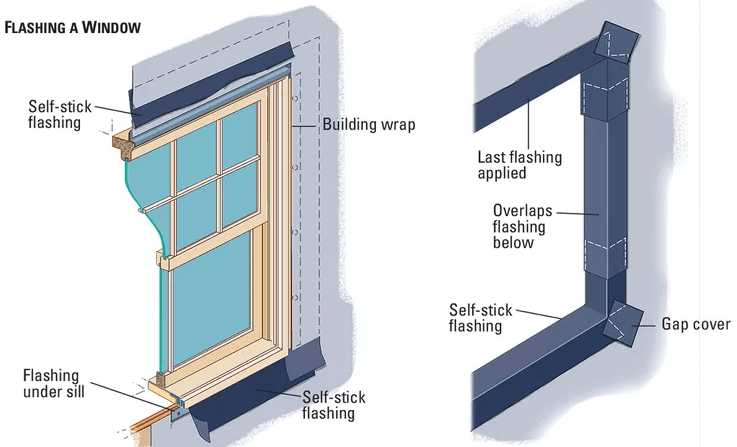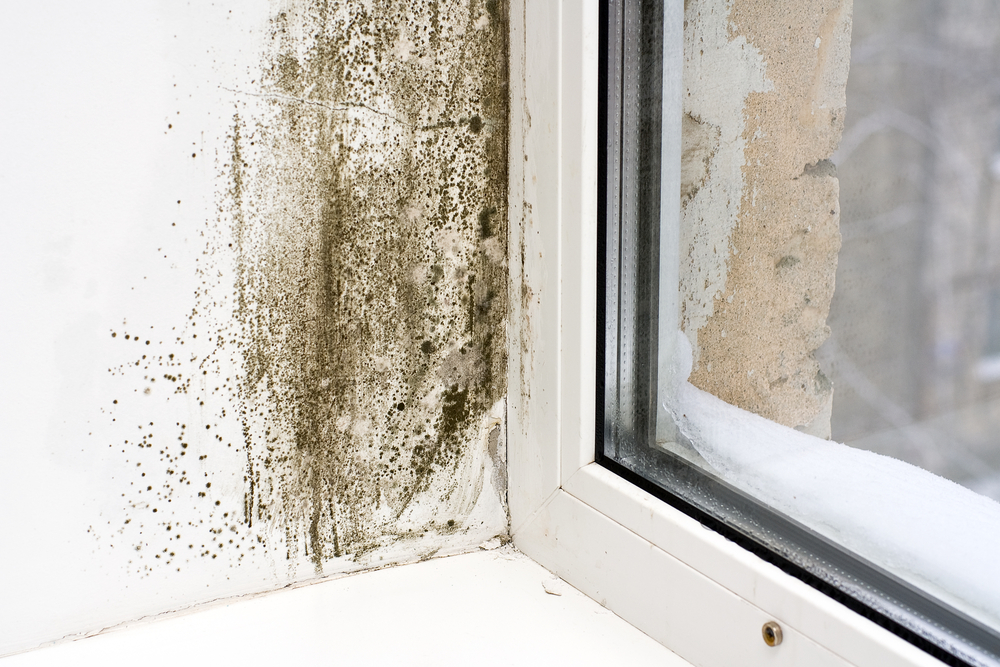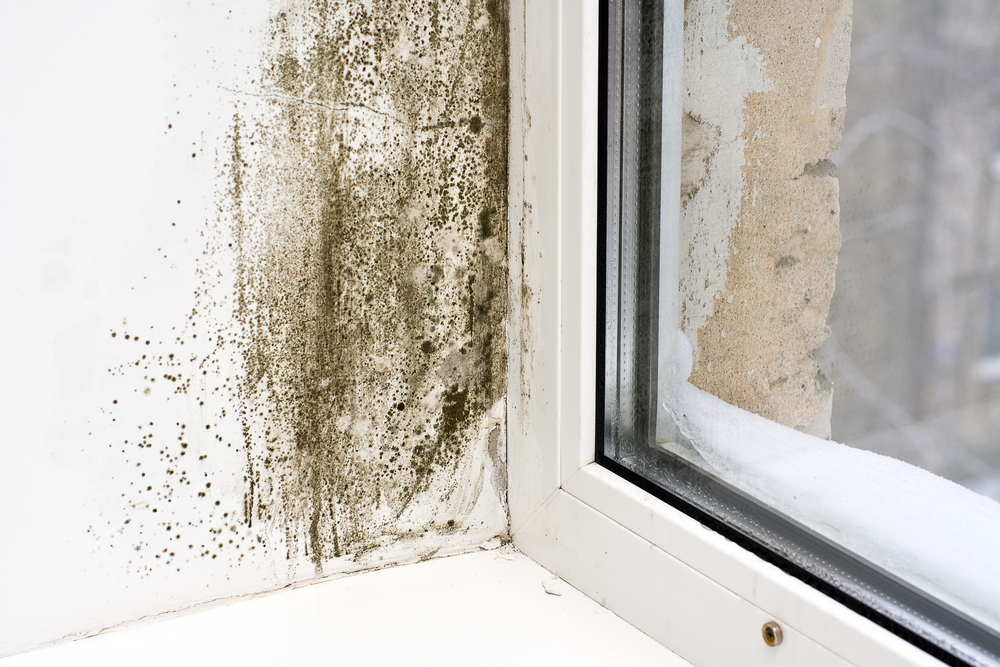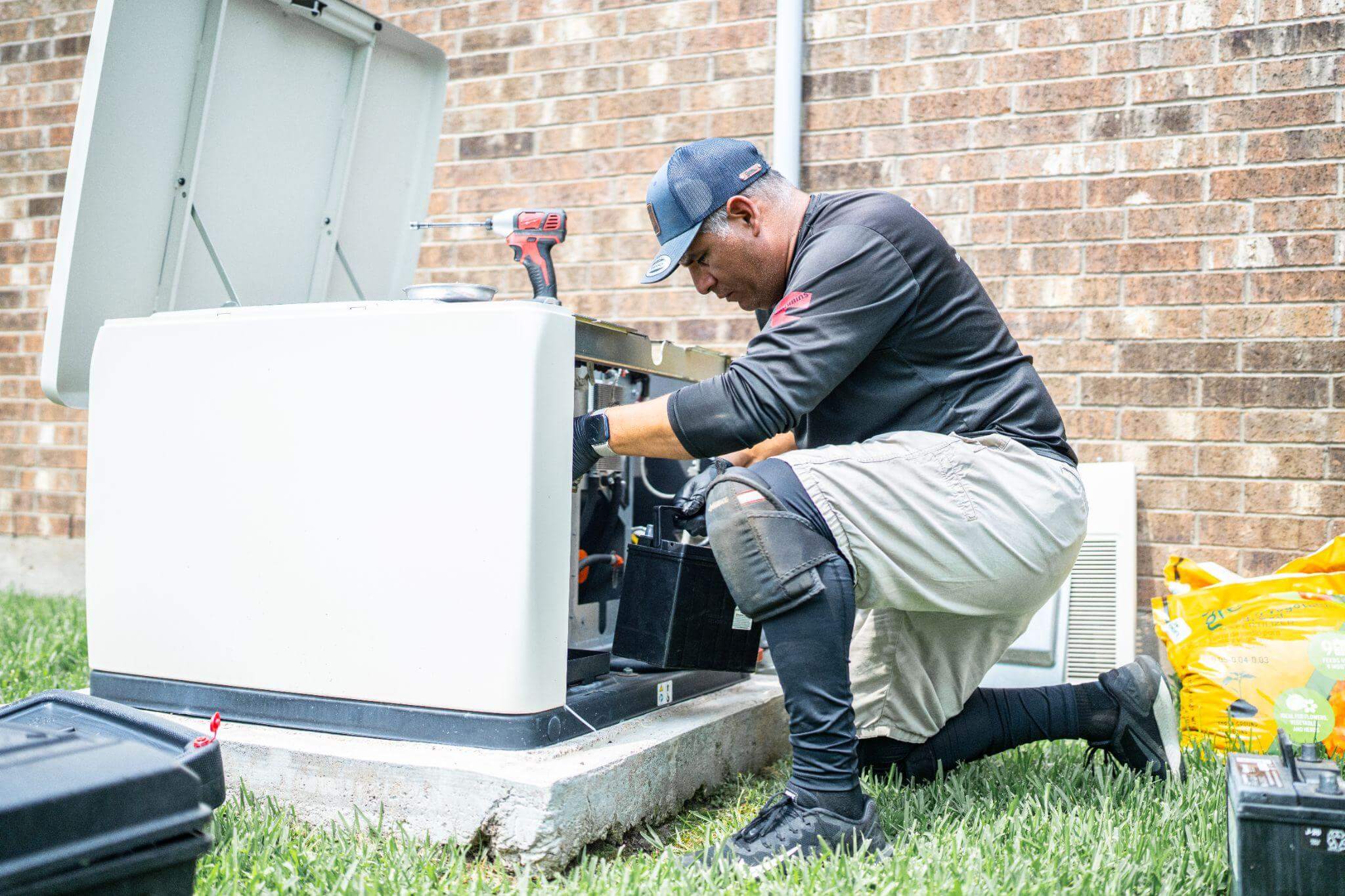Are you doing a windows project?
Modernize can pair you with three to four pros in your area, so you can compare options and save time and money.
In the intricate world of home construction and maintenance, the integrity of your windows stands paramount. But while we often focus on the type, style, or energy efficiency of a window, there’s a critical component that can’t be overlooked: flashing. Flashing, typically a thin strip of material, acts as a shield, preventing water from seeping into your home. But when exactly does a window need to be flashed, and what are the indicators? In this article, we delve into the specifics of window flashing, helping homeowners make informed decisions about safeguarding their living spaces.
The Crucial Role of Window Flashing in Home Protection
Wood rot, mold, structural damage, and insect infestations — there’s nothing pretty about water seeping into the cracks and seams of your home. Unfortunately, a poorly installed window that lacks proper flashing can be a gateway to these unpleasant phenomena.
Flashing is an essential component of proper window installation. It catches rain that is blown at an angle onto your home. Siding isn’t enough protection between your house and the rain and moisture that occurs outdoors, which is why you need to put an extra barrier between your window and siding. It’s safe to assume that most window installations need some form of flashing, and most residential building codes require it.

Source: Better Homes and Garden
When Doesn’t a Window Need Flashing?
Certain window designs might be constructed in a manner that negates the need for external flashing. Some advanced designs integrate channels directly into the window frame, effectively directing water down and away from the window, thereby acting as a built-in protective mechanism against water infiltration.
However, this doesn’t mean homeowners should automatically forgo flashing. It’s imperative to thoroughly understand the specifications and recommendations of the window manufacturer. While the idea of skipping a step during installation might seem tempting, it should never come at the expense of the long-term structural integrity and safety of your home. Always prioritize the protection of your investment over a quick shortcut.
Choosing a Window Contractor
Flashing installation shouldn’t be an option, but some contractors overestimate the effectiveness of siding in preventing moisture from entering the openings around the window. Other contractors install flashing but fail to integrate it correctly into the water-resistive barrier.
Unfortunately, hurried or negligent workmanship is too common, which is why you need to ask about window flashing when you choose a contractor or are put in touch with a sub-contractor. Make sure they are willing to discuss the details and not just write off your questions about flashing. Check references, read online reviews, and verify licenses and insurance. You want to be sure your contractor won’t make a simple mistake or oversight that could cause serious problems for you down the road.
Find the Right Contractor for Your Windows Project
Whether you’re ready to begin your project now or need some expert advice, our network of contractors are here to help. With a few simple questions, we’ll find the best local professionals for you
Types of Flashing
There are three main types of window flashing, including:
- Tape: a self-adhering membrane that’s flexible and durable. This is the newest and most common form of flashing for both new construction and remodeling projects.
- Sheet metal: a thin yet flexible option used with many different types of building materials including brick and stucco.
- Vinyl: an affordable, functional, and durable flashing option — although it may not be the best choice for extreme cold weather. It’s most commonly used in combination with vinyl siding.
Don’t just make a guess about which window flashing will work best for your home. Research thoroughly, ask questions, and consider factors such as your local climate, the building materials used on your home, budget, and energy efficiency. Responsible, experienced, and knowledgeable installers can still make mistakes that lead to leaks, even if it’s just an error in judgment over which flashing material is best suited to the project. It never hurts for you to read up and have an educated conversation about your options with a professional.
Replacing Your Windows

When a contractor begins the process of replacing your windows and finds signs of rot and mold, this may mean that the flashing was not initially installed the correct way, or the outdated method functioned well for a time and then became ineffective with age. Older windows were installed differently than most new ones are. In fact, in some cases caulk was the only moisture barrier used between window and siding, so older houses especially may have this issue. If you suspect water may have penetrated your windows, don’t wait to replace them. Act fast before the damage worsens, or you may find yourself facing a much larger remodeling bill than you expected.
Installing Window Flashing the Right Way
If you’re DIYing your window installation, be sure to read all the manufacturer guidelines on the products. The manufacturer knows what conditions are optimal for their product, and they want you to get the best performance out of it. If the instructions on your window vary from the instructions on your flashing product, always follow the instructions that require doing a little more work or care — it’s better to be safe than sorry.
If you’re hiring a professional (which is recommended), don’t be afraid to ask questions about flashing. It’s better to ask a hundred questions now than to pay thousands of dollars in repairs down the road. Installing flashing is not a time-consuming or pricey aspect of replacing or installing windows, so make sure your contractor is willing to take all steps necessary to ensure the windows are watertight and up to code.
You can do everything else right when it comes to building or renovating your home, but glossing over such a small but important detail could cause major problems. Hire a window contractor you can trust, and invest in quality materials. You won’t regret paying special attention and care to your window flashing.
Find the Right Contractor for Your Windows Project
Whether you’re ready to begin your project now or need some expert advice, our network of contractors are here to help. With a few simple questions, we’ll find the best local professionals for you
Reviews from Real Homeowners
Welcome to Homeowner Resources! We are the Modernize blog. Modernize pairs more than 3 million homeowners a year with pre-vetted contractors in their area. This blog started because we believe homeowners should know everything about their homes, from how their HVAC works to which front door colors they might love. On Homeowner Resources, you can find information on every part of your home, right down to how you can negotiate with contractors to get the best price. Here's more about the blog.
Need a contractor? Learn more about how Modernize finds the right pro for you.





